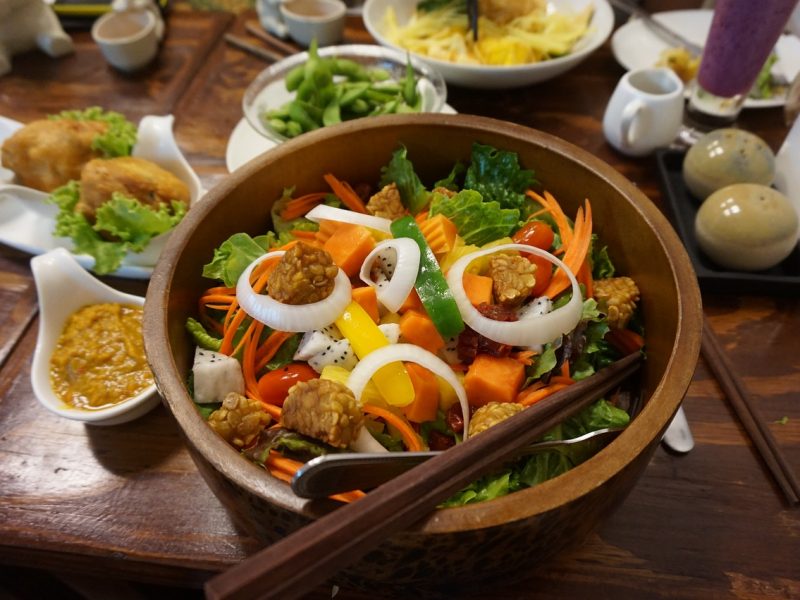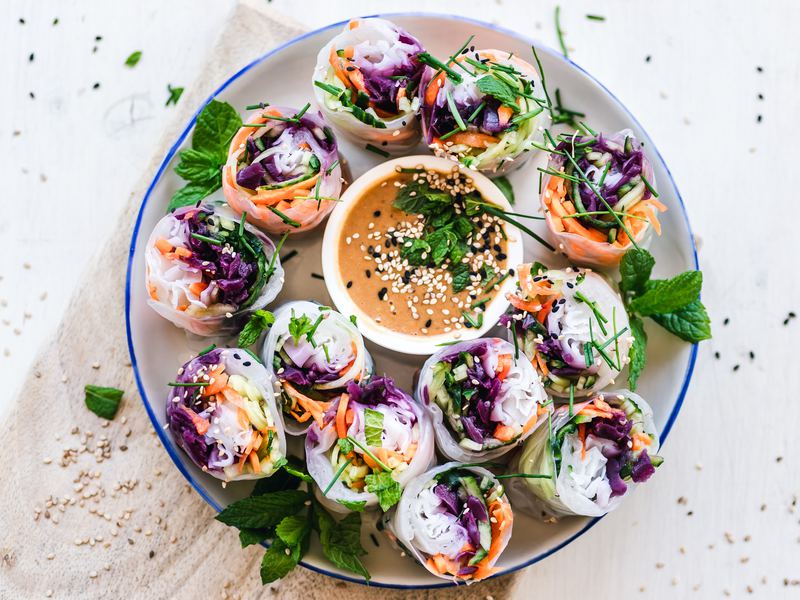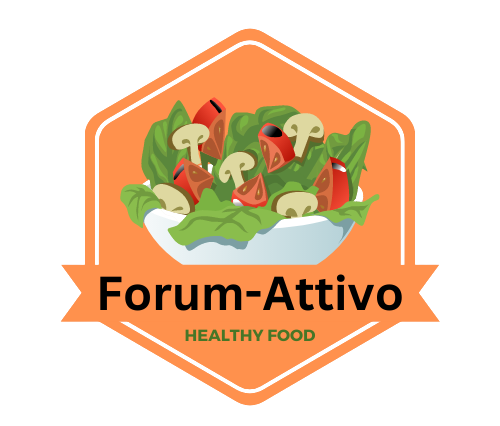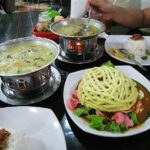Explore the world of food in this comprehensive guide that delves into its cultural significance, nutritional value, and the art of cooking. From diverse cuisines to the science behind taste, discover how food nourishes both body and soul.
Learn about sustainable farming, the role of food in celebrations, and its impact on social connections. Uncover the secrets of comfort food and the joy of sharing meals.Join us on a journey of flavors, memories, and emotions that make food an integral part of our lives.
Introduction
When it comes to the essentials of life, food is undoubtedly at the forefront. Not only does it satiate our hunger, but it also brings people together, ignites conversations, and creates memories.
In this comprehensive guide, we will delve into the world of food, from its cultural significance to its nutritional value, unraveling the layers that make it an indispensable part of our lives.
Food is any substance consumed to provide nourishment for the body. It includes a wide range of edible items, such as fruits, vegetables, grains, meats, and dairy products.
Food serves as a source of energy and essential nutrients that support various bodily functions, growth, and overall well-being.

Food is a fundamental aspect of human existence, serving both physiological and cultural roles. Beyond its primary function of sustaining life, food has the power to evoke emotions, connect people, and define identities.
It encompasses a vast array of tastes, textures, and aromas, offering a diverse sensory experience.
The preparation and consumption of food have evolved over time, influenced by geographical, historical, and technological factors.
From ancient hunting and gathering to modern agriculture and culinary innovations, the journey of food has shaped societies and contributed to the development of civilizations.
Nutrition, a cornerstone of food’s importance, involves the intake of macronutrients like carbohydrates, proteins, and fats, as well as micronutrients like vitamins and minerals.
A balanced diet is essential to maintain health and prevent deficiencies or chronic illnesses.
Cultural practices often revolve around food, and sharing meals is a universal way to forge connections and strengthen relationships.
Different cultures have distinct rituals and traditions associated with food, ranging from elaborate feasts during festivals to intimate family gatherings.
The culinary arts encompass a spectrum of techniques and skills that transform raw ingredients into delectable dishes.
Chefs and cooks around the world experiment with flavors, presentation, and innovation, resulting in a constant evolution of culinary trends.
However, the global food landscape faces challenges, including food insecurity, unsustainable agricultural practices, and food-related health issues.
Efforts to address these concerns emphasize sustainable sourcing, reducing food waste, and promoting education about nutrition.
In conclusion, food is a multi-dimensional entity that transcends mere sustenance. It encompasses culture, history, science, and art, making it an integral part of human life.
From the simplest homemade meals to gourmet creations, food continues to nourish both the body and the soul, creating experiences that are shared and cherished across the world.
1. The Cultural Mosaic of Food
1.1 Diversity on the Plate
Food isn’t just about sustenance; it’s a reflection of culture and tradition. Different regions boast a rich variety of cuisines, each with its own distinctive flavors and cooking techniques.
From the aromatic spices of India to the hearty pasta of Italy, every cuisine tells a story.
1.2 Food and Celebrations
Celebrations and food go hand in hand. Festivals around the world are marked by special dishes that hold deep cultural and religious significance.
For instance, the mooncakes of the Mid-Autumn Festival in China and the turkey feast of Thanksgiving in the United States.
2. The Art and Science of Cooking
2.1 Culinary Creativity
Cooking is an art form that allows chefs to experiment with flavors, textures, and presentation. Whether it’s molecular gastronomy or a traditional family recipe, the kitchen is a canvas for culinary creativity.
2.2 The Science Behind Taste
Ever wondered why certain ingredients complement each other while others clash? It’s all about taste buds and sensory experiences. The science of taste guides chefs in crafting dishes that tantalize our palates.
3. Food and Health: Nourishment Beyond Pleasure
3.1 Nutritional Essentials
Food isn’t just about indulgence; it’s about nourishing our bodies. Nutrients such as carbohydrates, proteins, fats, vitamins, and minerals are the building blocks of good health. Each nutrient plays a unique role in our well-being.
3.2 Balanced Diet and Wellness
Maintaining a balanced diet is key to overall wellness. A diet rich in fruits, vegetables, lean proteins, and whole grains can reduce the risk of chronic illnesses and boost energy levels.
4. The Journey from Farm to Fork
4.1 Farming Practices
The food journey begins on the farm. Sustainable and organic farming practices ensure the quality and safety of the ingredients that end up on our plates.
Farm-to-table movements emphasize the importance of locally sourced produce.
4.2 Food Processing and Distribution
From harvesting to packaging, the food industry relies on efficient processing and distribution systems. However, striking a balance between convenience and nutritional value is crucial.
5. Food’s Role in Our Lives
5.1 Food as Comfort
Food often provides solace during challenging times. Whether it’s a bowl of chicken soup for the soul or a scoop of ice cream after a breakup, comfort food has a special place in our hearts.
5.2 Social Connections
Sharing a meal fosters connections between individuals and communities. The dinner table becomes a space for laughter, stories, and bonding.

6. Conclusion
Food is more than a biological necessity; it’s a journey of flavors, memories, and emotions. It unites us, enriches our lives, and nourishes our bodies. So, the next time you savor a dish, remember that you’re partaking in a global tradition that spans cultures and centuries.
FAQs (Frequently Asked Questions)
Q1. How does culture influence our food choices?
Culture plays a significant role in shaping our food preferences. It dictates the ingredients, flavors, and cooking methods that resonate with different communities.
Q2. Can food really impact our mood?
Absolutely. Certain nutrients, like serotonin-boosting foods, can have a positive impact on mood. Dark chocolate, for example, is known to release endorphins, the “feel-good” hormones.
Q3. What is the significance of organic food?
Organic food is cultivated without synthetic pesticides or fertilizers. It promotes sustainable agriculture and reduces the intake of potentially harmful chemicals.
Q4. How can I make healthier food choices when dining out?
Opt for dishes with lean proteins, whole grains, and plenty of vegetables. Ask for dressings and sauces on the side to control portions.
Q5. Why is mindful eating important?
Mindful eating encourages us to savor each bite, pay attention to hunger cues, and appreciate the sensory experience of food. It can prevent overeating and promote a healthier relationship with food.


